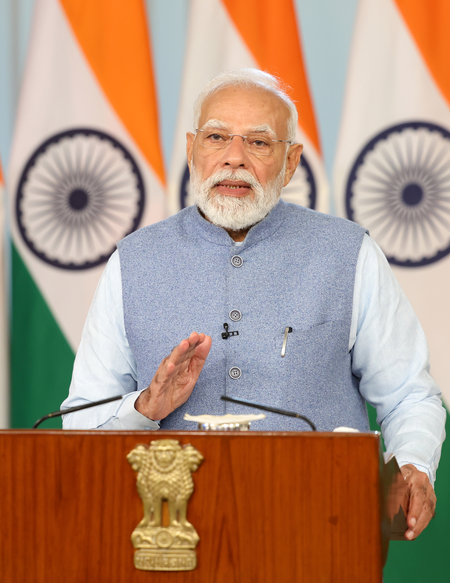
New Delhi, Dec 10 (IANS) Retail sales of vehicles across categories in India grew by 11.21 per cent to 32,08,719 units in November, as compared to 28,85,317 units in the same month last year riding on surging two-wheeler demand, according to figures compiled by the Federation of Automobile Dealers Associations.
Retail sales of two-wheelers rose to 26,15,953 units in November from 22,58,970 units in the same month last year, which represents a robust 15.8 per cent growth.
However, passenger vehicle (PV) retail sales fell 13.72 per cent at 3,21,943 units, as against 3,73,140 units in the year-ago month. The PV segment faced notable headwinds, the Federation of Automobile Dealers Associations (FADA) said in a statement.
“While November was initially expected to build on its prior momentum, particularly due to the marriage season, dealer feedback suggests that this segment underperformed overall expectations,” FADA president, C.S. Vigneshwar said in a statement.
“Although rural markets offered some support, primarily in the two-wheeler category, marriage-related sales remained subdued,” he added.
The late occurrence of Diwali at the end of October also caused a spillover of festive registrations into November, affecting the month’s sales trajectory, Vigneshwar added.
Vigneshwar further said, “Although rural interest was present, it failed to significantly improve sentiment. Inventory levels have reduced by about 10 days, but to remain high at around 65-68 days.”
In the commercial vehicles segment, FADA said retail sales were 81,967 units last month as compared to 87,272 units in November 2023, down 6.08 per cent.
Vigneshwar said factors such as restricted product choices, older model issues, limited financier support, and the absence of major festivals in November following a strong October impacted CV uptake.
“External elements such as elections, a slowdown in coal and cement industries, and weak market sentiment also weighed heavily on this category,” he added.
He reiterated FADA’s request to Original Equipment Manufacturers (OEMs) to further rationalise inventory so that the industry can enter the new year on a healthier footing, reducing the need for additional discounts.
–IANS
sps/dpb




